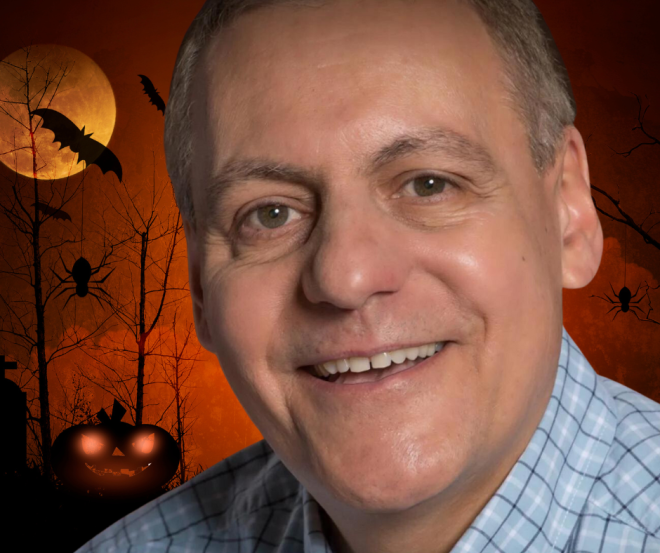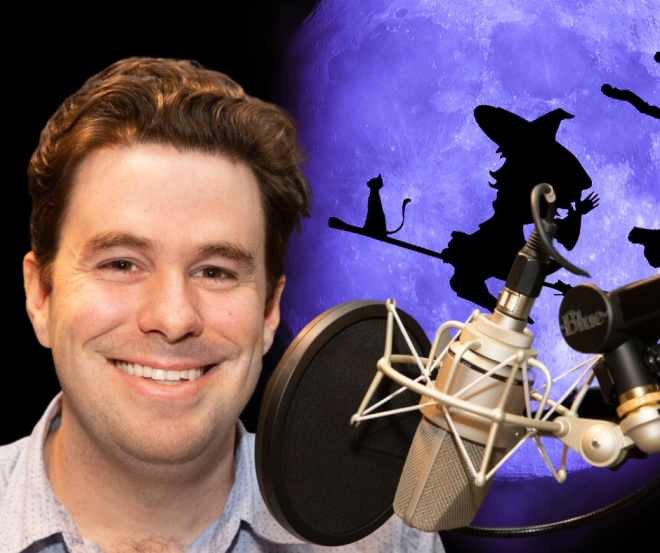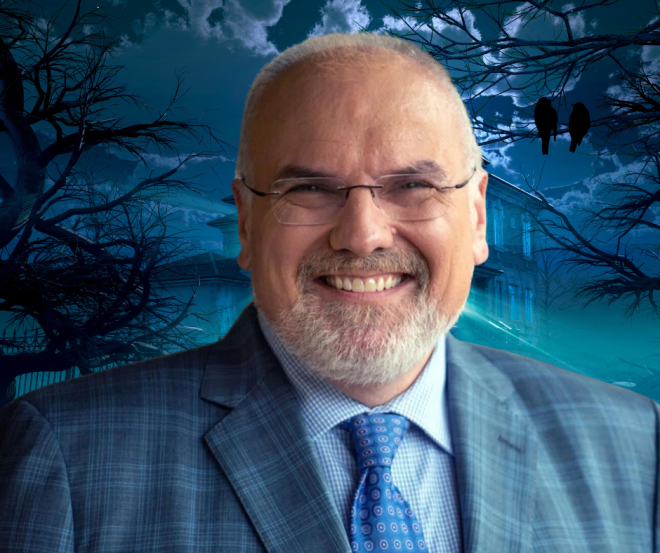Hosts Chip Brienza, John Banther, David Martosko, and Austin Vitaliano share with us their go-to classical pieces for a good fright. Enjoy the playlist below this Halloween!
Chip Brienza
Seriously, there's "real" scary, and "fun" scary spooky music. Truly terrifying is the orchestra's apocalyptic fury as the chorus cries out, "Dies Irae - Dies illa" - "Day of Wrath, Day of Mourning...when the world shall dissolve in ashes..." in the Verdi Requiem. The impact is shattering - an example: See Yannick Nezet-Seguin with the Met for the 20th anniversary of 9/11.
And in the category of, it's "fun" to be scared spooky music, my go to is Mussorgsky's "Night on Bald Mountain" that demon haunted bone jangling night that ends when the evil spirits flee as dawn brings Light to a new day. A happy ending.
John Banther
We all have things that scare us more than others, like clowns, zombies, or that dark space in the basement corner. Or maybe for some, it's giving up all control and jumping into the black abyss of the cosmos! Take a deep inward look with this work by Icelandic composer, Anna Thorvoldsdottir, called Metacosmos. She says the music is connected as much to the human experience as to the universe and "...is the speculative metaphor of falling into a black hole – the unknown – with endless constellations and layers of opposing forces connecting and communicating with each other, expanding and contracting, projecting a struggle for power as the different sources pull on you and you realize that you are being drawn into a force that is beyond your control.
Also, a horror film soundtrack classic, Psycho, by Bernard Hermann. This arrangement for string orchestra brings all the big moments (yes, that one too) to life and relives the movie experience in just 15 minutes.
David Martosko
The 3rd movement of Music for Strings, Percussion and Celesta by Béla Bartók is scary as hell. Part of Bartok's "Night Music" genre, the overall feeling is icy and lonely. Bartók was so intent on creating an emotional response that wasn't rooted in melody or harmony that he wrote it without a key signature. I don't know that anyone enjoys playing it, but Bartók got the result he was after. And if sitting in math class scares your kids, tell them that the rhythms of the xylophone solo follow the Fibonacci sequence.
Camille Saint-Saëns' Danse Macabre is 100 percent spooky. It's a short tone poem about skeletons rising from their graves and dancing along with death itself, personified by a solo violinist. It's a little bit like the Monster Mash -- all the creepy ghouls dancing in sync. And Saint-Saëns managed to make a violin sound sinister without monkeying around with the instrument's tuning, the way Gustav Mahler did in his 4th symphony.
Austin Vitaliano
Danse Macabre, Camille Saint-Saëns: One of four tone poems composed in the 1870's, and inspired by the poems of Henri Cazalis, this dark little dance has everything needed to give our listener goosebumps. Whether you're listening to the orchestral version or the one for voice (composed in 1872) the words "vive la mort et l’égalité!" (long live death and equality) ring hauntingly true as skeletons, from king to peasant, dance on their graves and back into them before the moonlight runs out.
PBS PASSPORT
Stream tens of thousands of hours of your PBS and local favorites with WETA+ and PBS Passport whenever and wherever you want. Catch up on a single episode or binge-watch full seasons before they air on TV.



